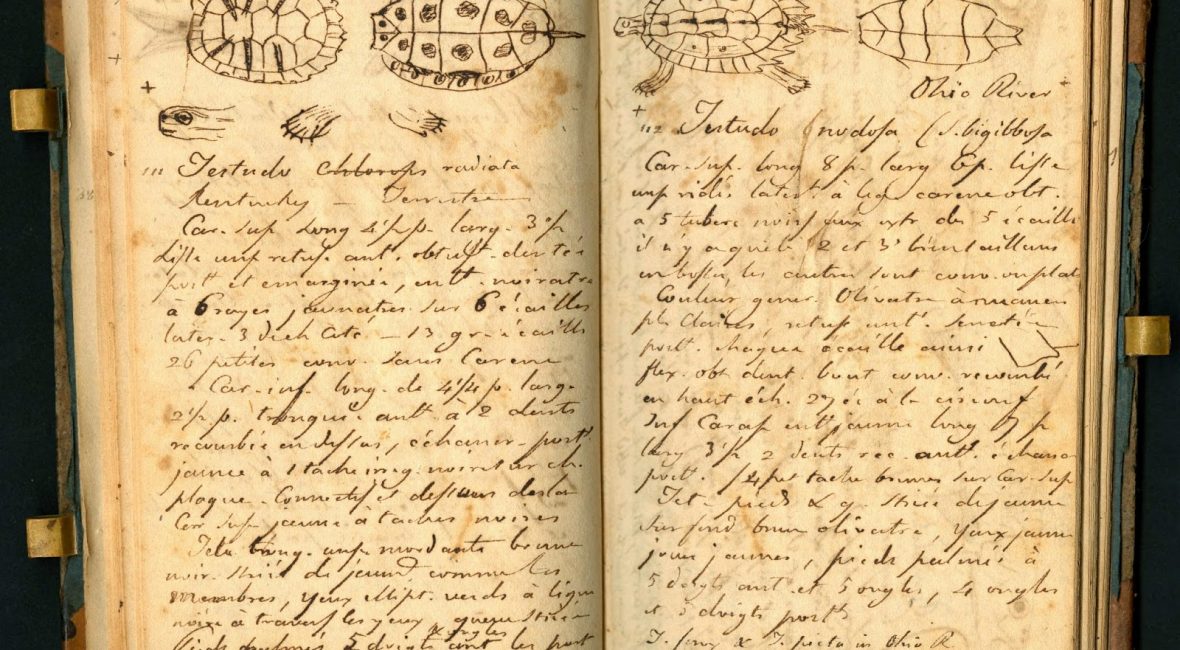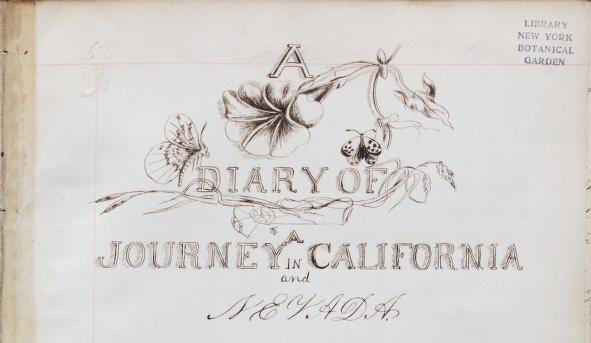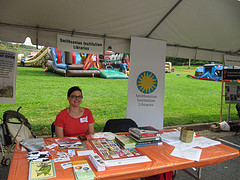Do you know what carcinology is?
It is the study of crustaceans, a group of arthropods that includes lobsters, crayfish, shrimp, krill, barnacles and crabs. One of the pre-eminent carcinologists (a scientist who studies crustaceans) of the first half of the twentieth century was Waldo LaSalle Schmitt. Born on this day (June 25) in 1887 in Washington, D.C., Schmitt held various positions within the United States Department of Agriculture, the Smithsonian, and the United States Bureau of Fisheries throughout his career.
Continue reading













